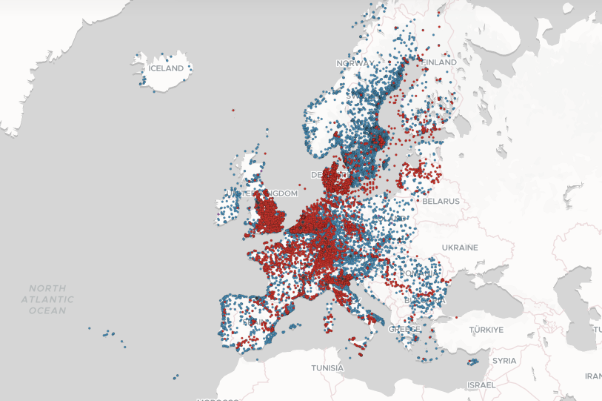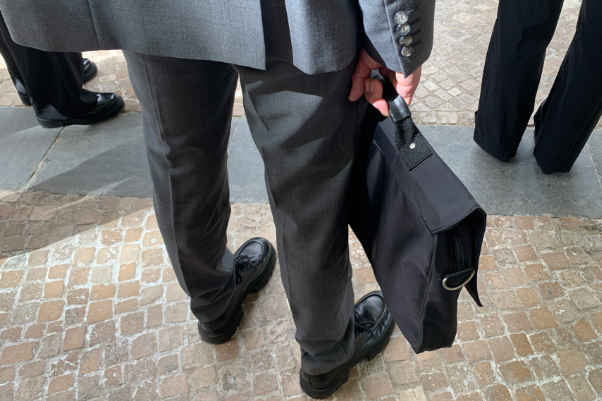The Forever Pollution Project
Journalists tracking PFAS across EuropeIn 2023, the Forever Pollution Project, a pioneering cross-border and interdisciplinary collaboration, brought together journalists and experts to reveal and map, for the first time, the extent of PFAS contamination across Europe.
In January 2025, the Forever Lobbying Project exposes the lobbying and disinformation campaign orchestrated by the chemical and plastic lobbies to prevent the ban of these “forever chemicals” in the European Union. Fighting to keep their “chemical business as usual” with misleading, scaremongering arguments, polluting industries are shifting the burden of environmental contamination onto society, threatening the economic stability of European nations.
Working with 18 experts, the project calculated the cost of decontaminating Europe if nothing is done to combat PFAS emissions: the figure is more than €100 billion per year – and a staggering €2 trillion over twenty years.
In 2023, the Forever Pollution Project, a pioneering cross-border and interdisciplinary collaboration, brought together journalists and experts to reveal and map, for the first time, the extent of PFAS contamination across Europe.
In January 2025, the Forever Lobbying Project exposes the lobbying and disinformation campaign orchestrated by the chemical and plastic lobbies to prevent the ban of these “forever chemicals” in the European Union. Fighting to keep their “chemical business as usual” with misleading, scaremongering arguments, polluting industries are shifting the burden of environmental contamination onto society, threatening the economic stability of European nations.
Working with 18 experts, the project calculated the cost of decontaminating Europe if nothing is done to combat PFAS emissions: the figure is more than €100 billion per year – and a staggering €2 trillion over twenty years.


